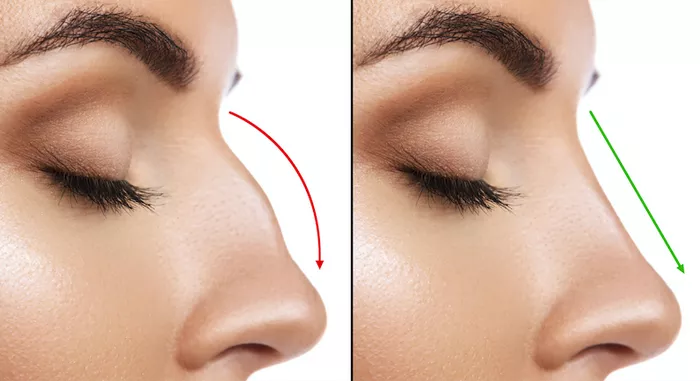Rhinoplasty, commonly known as a nose job, is a popular cosmetic surgery procedure that can improve the appearance and function of the nose. One of the most common concerns among patients undergoing rhinoplasty is how long it will take for them to breathe through their nose after the procedure. In this article, we will explore the timeline for nasal breathing recovery after rhinoplasty and what patients can expect during the healing process.
What is rhinoplasty?
Rhinoplasty is a surgical procedure that is performed to reshape the nose. It can be used to improve the appearance of the nose, correct structural abnormalities, or improve breathing function. Rhinoplasty can be performed using different techniques, including open rhinoplasty and closed rhinoplasty.
During an open rhinoplasty, a small incision is made on the outside of the nose, while a closed rhinoplasty involves incisions made inside the nostrils. The technique used will depend on the patient’s specific needs and the surgeon’s preference.
How does rhinoplasty affect nasal breathing?
Rhinoplasty can have a significant impact on nasal breathing. The procedure can be used to correct structural abnormalities that may be causing breathing difficulties, such as a deviated septum or enlarged turbinates. By correcting these issues, patients may experience improved nasal breathing function after the procedure.
However, it’s important to note that rhinoplasty can also cause temporary nasal obstruction and swelling, which can affect breathing function in the immediate postoperative period. It’s important for patients to understand what to expect during the healing process and to follow their surgeon’s instructions for optimal recovery.
How long after rhinoplasty can you breathe through your nose?
The timeline for nasal breathing recovery after rhinoplasty can vary from patient to patient. In general, patients can expect to experience some degree of nasal obstruction and swelling in the first few weeks after the procedure.
During the first week after rhinoplasty, patients will typically have nasal packing or splints in place to help support the nasal structures and reduce swelling. This can make breathing through the nose difficult or impossible during this time. Patients may need to breathe through their mouth instead.
After the packing and splints are removed, patients may still experience some degree of nasal obstruction and swelling for several more weeks. It’s important for patients to follow their surgeon’s instructions for postoperative care, including using saline nasal spray and avoiding activities that may increase swelling, such as bending over or lifting heavy objects.
Most patients will be able to breathe through their nose comfortably within 2-4 weeks after rhinoplasty. However, it can take several months for the nasal tissues to fully heal and for breathing function to return to normal.
What can patients do to promote nasal breathing recovery after rhinoplasty?
There are several things that patients can do to promote nasal breathing recovery after rhinoplasty. These include:
Using saline nasal spray: Saline nasal spray can help keep the nasal passages moist and reduce swelling, which can promote healing and improve breathing function.
Avoiding activities that may increase swelling: Patients should avoid activities that may increase swelling, such as bending over, lifting heavy objects, or engaging in strenuous exercise.
Elevating the head during sleep: Patients should sleep with their head elevated for the first few weeks after rhinoplasty to help reduce swelling and promote healing.
Following their surgeon’s instructions for postoperative care: Patients should follow their surgeon’s instructions for postoperative care, including taking any prescribed medications and attending follow-up appointments.
Being patient: It’s important for patients to be patient during the healing process and to understand that it can take several months for breathing function to fully return to normal.
Conclusion:
Rhinoplasty can have a significant impact on nasal breathing function, both in the short-term and long-term. While patients can expect to experience some degree of nasal obstruction and swelling in the immediate postoperative period, most will be able to breathe through their nose comfortably within 2-4 weeks after the procedure. By following their surgeon’s instructions for postoperative care and being patient during the healing process, patients can promote optimal nasal breathing recovery after rhinoplasty.


